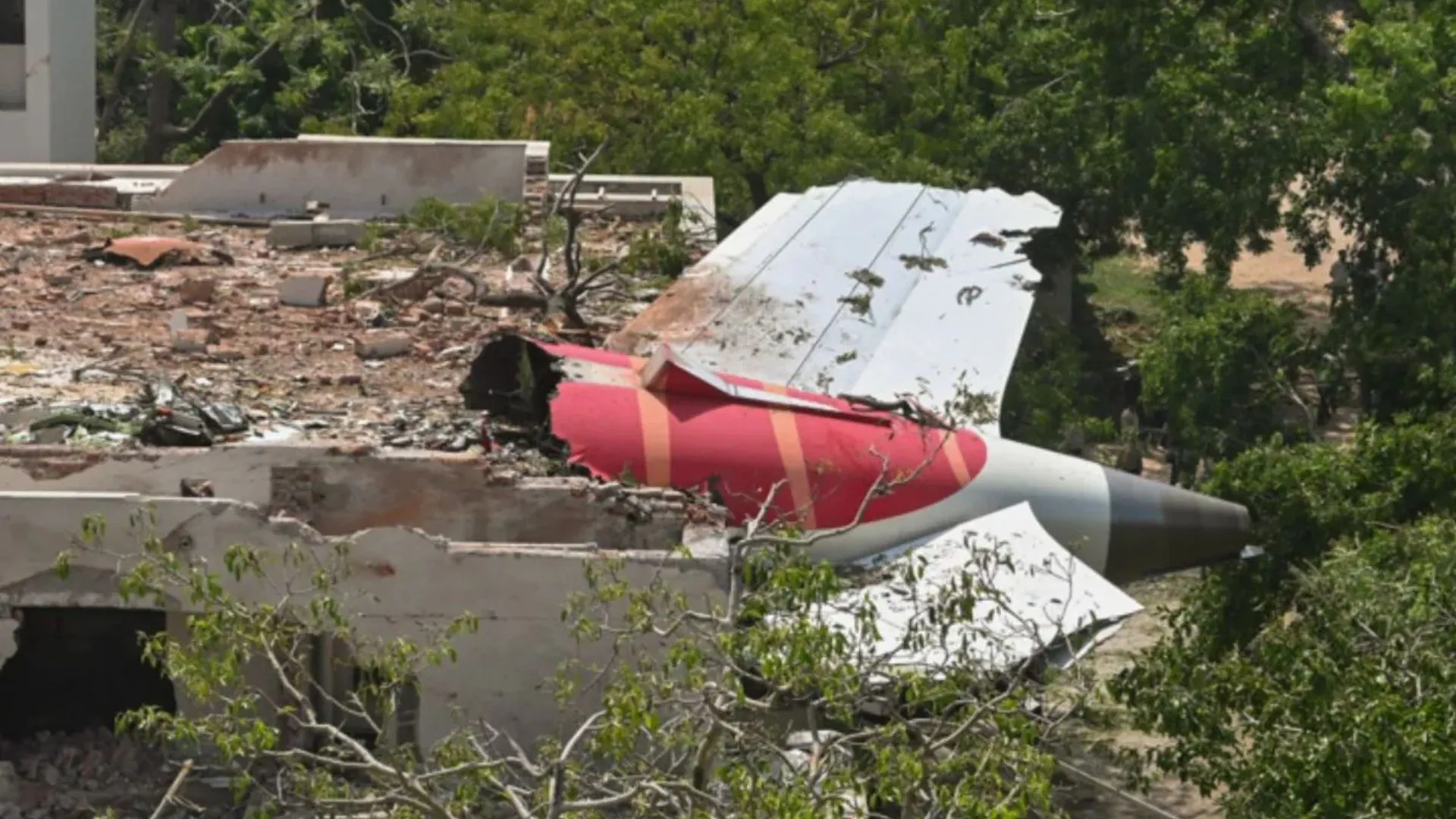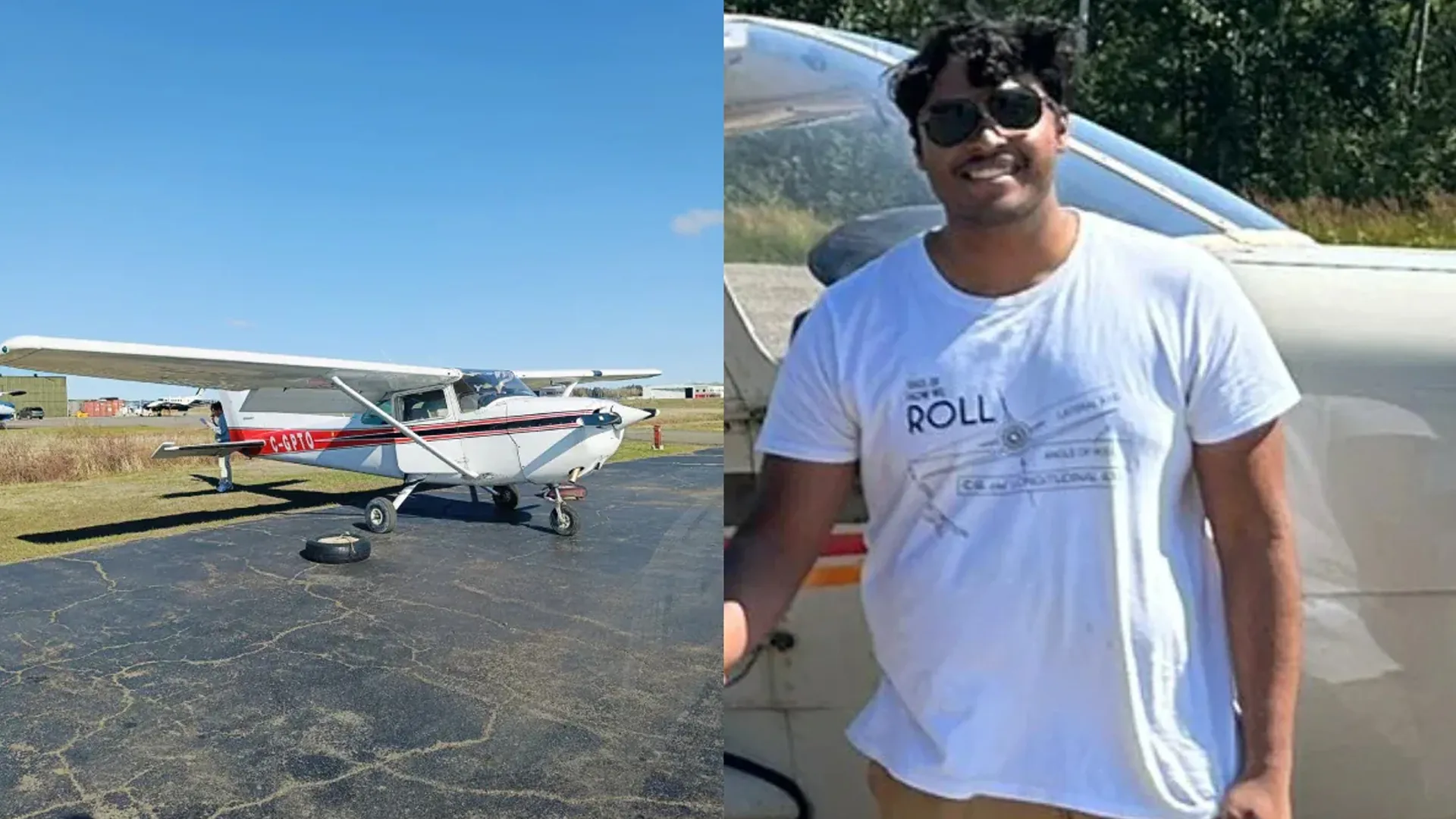More than two weeks since the horrific crash of an Air India Boeing 787 plane that killed 241 and left a sole survivor, investigators are looking at a dual engine failure as a prime reason. Pilots had replicated the crash situation in a simulator using the same plane settings—gear down and wing flaps not extended—but discovered such settings individually failed to cause a crash.
This test, although outside the official investigation, narrowed the attention to a technical failure. “The finding, coupled with the earlier discovery that an emergency-power turbine went into action seconds before impact, has further concentrated the mind on a technical failure as one of the causes,” said officials who requested anonymity because of the sensitive nature of the investigation.
RAT Activation Points to Electrical Loss
The accident took place on June 12 over Ahmedabad in a Boeing 787 driven by two General Electric engines. The plane could be seen fighting for lift-off from the ground before crashing to the earth and blowing up in witness video footage.
Prior analysis revealed the aircraft’s emergency turbine—known as the Ram Air Turbine (RAT)—deployed just seconds before impact. This mechanism automatically activates during electrical failure, suggesting the jet may have lost power from both engines. While the RAT provides limited power, it cannot sustain flight.
GE and Boeing Decline Comment
Neither General Electric nor Boeing responded to the request for comment on the investigation, leaving questions to the Aircraft Accident Investigation Bureau (AAIB), which is conducting the official probe. Neither Air India nor the AAIB responded to questions from the media.
The reason behind dual engine shutdown is still unknown. But both flight recorders have been recovered, and data is being analyzed, which may provide more information in the near future.
Landing Gear and Hydraulic Clues
Experts examining the flight video pointed out that the landing gear of the plane was slightly tilted, indicating that the crew had started retracting the wheels. But the doors hadn’t opened yet, something pilots mention can be an indication of hydraulic or electrical failure—again leading to the engines powering these systems.
Contemporary aircraft engines are equipped with Full Authority Digital Engine Control (FADEC), a computerized system designed to efficiently manage power output. Malfunction of FADEC or engine shutdown would disrupt hydraulic and electrical power, causing system failure.
Wing Settings Functioned Normally
Wreckage examination verifies that wing slats and flaps were correctly extended to promote good lift in takeoff. Nonetheless, the plane was unable to remain airborne. The crash has turned into India’s most fatal civil aviation crash in decades and is the initial loss of a Boeing 787 Dreamliner as a result of an accident.
Just 15 Seconds Between Mayday and Crash
Two of the people close to the investigation confirmed that the pilots were able to send out a Mayday distress call after lift-off, but only 15 seconds of flying time expired before the aircraft crashed. Both pilots were killed in the accident.
Global Teams Aid Indian Investigators
Boeing and US National Transportation Safety Board (NTSB) teams are already aiding AAIB officials in India. Although flight recorders usually provide an in-depth glimpse of an aircraft’s parameters, configuration, and cockpit conversation, authorities have yet to confirm when the readout would be made public.
All attention is still focused on the flight data as the investigation proceeds to ascertain whether a tragic technical failure caused the fatal crash.





















